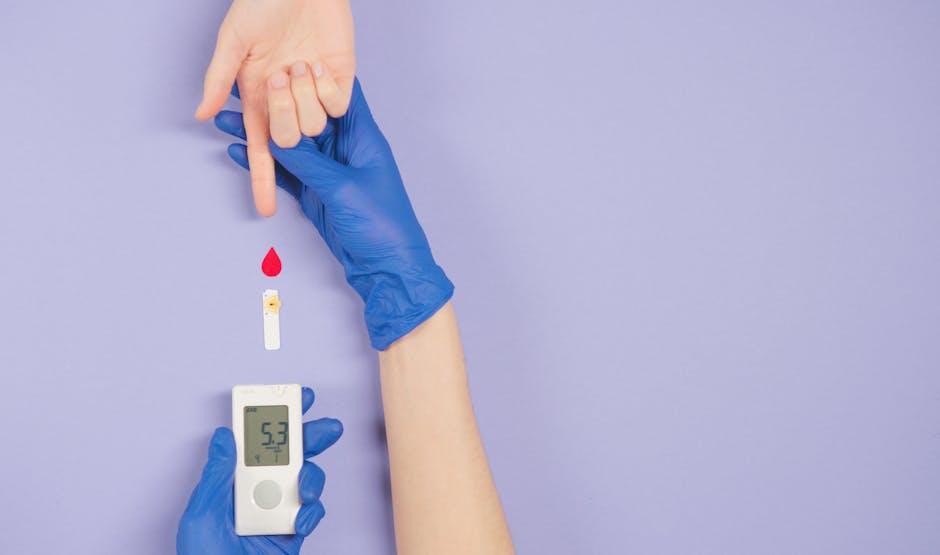If you’re experiencing pain and pressure in your sinuses, you might be quick to blame a “sinus headache” for how you’re feeling. But unless you have a sinus infection, there’s a good chance your unpleasant symptoms are actually from a migraine.
Jump to Key Takeaways.
vitapix / Getty Images
What Does a Sinus Headache Feel Like?
When you have a sinus headache, you may feel pressure and pain around your eyes, forehead, and cheeks.
Other sinus infection symptoms include:
- A runny or congested nose
- Mucus dripping down the throat (post-nasal drip)
- Sore throat
- Cough
- Bad breath
What Is a Sinus Infection?
Sinus infections happen when inflammation and fluid buildup occur in the sinuses, the air-filled pockets located in the face.
Is It Actually a Migraine?
A true sinus headache, or rhinosinusitis, is caused by a viral or bacterial sinus infection and is somewhat rare, while migraine is a common complex neurological condition that affects up to 15% of adults.
A landmark study found that most people who diagnose themselves with sinus headaches actually have migraine. This is because many migraine symptoms and triggers are commonly attributed to those of sinus headaches.
Migraine symptoms that mimic sinus headaches include pain in the front of the head, nasal congestion, and a runny nose and eyes. This happens because nerves that are activated during a migraine attack run throughout the head and face, including the sinuses, nose, and eyes.
Both historical and recent research have shown that a significant percentage of sinus headaches diagnosed by patients and physicians actually met the criteria for migraine and that patients often responded to migraine medication.
Because symptoms often overlap, both healthcare providers and patients can find telling the difference between a sinus headache and migraine difficult. But there are some differences:
Pain primarily in the face
Pain on both sides of the face
Thick nasal discharge, nasal congestion
No sensitivity to light or sound
Nausea usually not present
Does not go away with sleep
Pain can be in the face, temples, back of head, or neck
Pain is often only on one side
Watery nasal discharge
Sensitivity to light or sound
Nausea
Sleep may help relieve symptoms
How to Treat Headache and Sinus Symptoms
It’s important to work with a healthcare provider to determine if your symptoms are coming from a sinus infection or migraine because treatment differs for each.
Quick Relief
For quick relief of a sinus headache, you can try:
- Applying a warm, moist washcloth to your face several times a day
- Drinking plenty of fluids to thin the mucus
- Using a humidifier
- Inhaling steam two to four times per day
- Using an over-the-counter (OTC) painkiller such as Tylenol (acetaminophen) or Advil/Motrin (ibuprofen)
- Using an OTC nasal decongestant
- Using an OTC nasal saline spray, or neti pot or bottle with saline solution to flush the sinuses several times per day
If your sinus headache symptoms are from a sinus infection due to a virus, you should feel better in about seven days. If your sinus infection is caused by bacteria, your healthcare provider will likely need to prescribe antibiotics to treat it.
Chronic Headache Management
Treatments for sinus infections probably won’t work if your pain is due to migraine. Migraine is a complex condition with no cure and requires a unique treatment plan for everyone. This plan might include acute and preventive treatments, along with behavioral and lifestyle changes, including avoiding your specific triggers.
About 1% to 5% of people in the United States have chronic rhinosinusitis (a sinus infection for at least 12 consecutive weeks). In these cases, healthcare providers will work to determine the cause. Treatments such as nasal steroid sprays and saline rinses may be recommended to improve inflammation and sinus drainage.
What Are the Underlying Causes of Sinus Infections?
Certain conditions can increase the risk of sinus infections and sinus headaches. They include:
- A previous cold
- Allergies
- A weak immune system
- Nasal growths (polyps)
- Asthma
Because viruses cause most sinus infections, you can lower your risk of getting one by avoiding close contact with people who have colds or other upper respiratory infections.
When to See a Healthcare Provider
Most viral sinus infections will go away on their own without medical treatment, while most bacterial sinus infections will get better after a course of antibiotics. You should see a healthcare provider if:
- Your symptoms last longer than 10 to 14 days.
- Your symptoms get worse after seven days.
- You have a severe headache, fever, or vision changes.
- You still have symptoms after taking all of your antibiotics.
Your healthcare provider will discuss your symptoms with you, examine you, and possibly refer you to an ear, nose, and throat (ENT) doctor or another specialist for further testing.
If you believe your sinus headache is a migraine symptom, see a healthcare provider if you’re not finding relief from OTC pain relievers or if you have four or more headaches a month.
Key Takeaways
- In many cases, what’s called a “sinus headache” is actually the symptoms of a migraine.
- A true sinus headache comes from a sinus infection, which has symptoms that usually differ from a migraine.
- It’s important to determine whether a sinus infection or migraine is causing your headache to get proper treatment.








:max_bytes(150000):strip_icc()/IMG_0134_5-e2dbd0428f074c16821452fbd61807a3.jpg)


:max_bytes(150000):strip_icc()/water-first-thing-in-the-morning-2000-99d138531d854169afc7ed97bea007cb.jpg)
